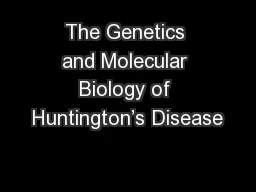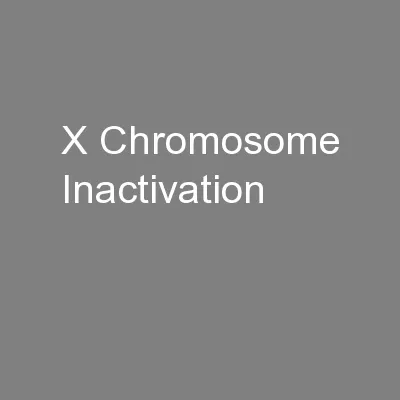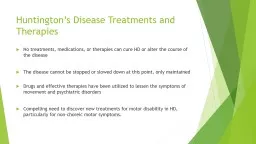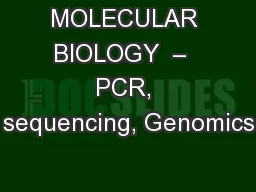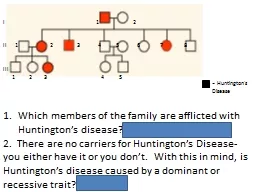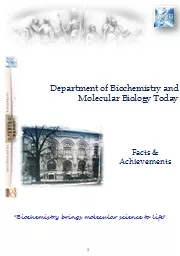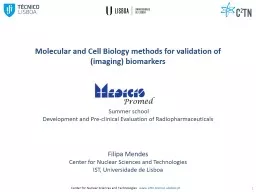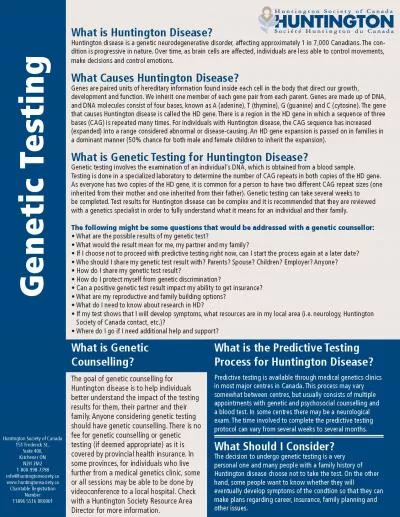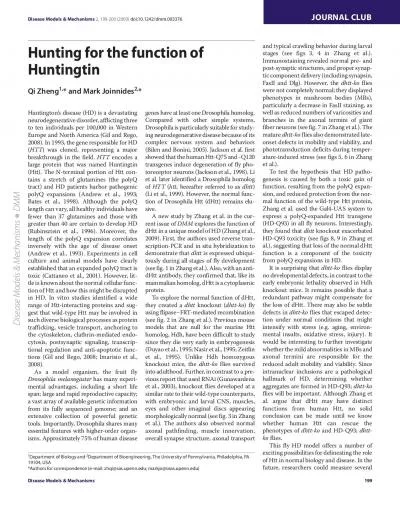PPT-The Genetics and Molecular Biology of Huntington’s Disease
Author : greemeet | Published Date : 2020-06-17
Son Dong Justin Wise Niket Yadav History Confusing disease in mid 1 6 00s Had different names based on symptoms First mention was in 1842 Major discoveries occurred
Presentation Embed Code
Download Presentation
Download Presentation The PPT/PDF document "The Genetics and Molecular Biology of Hu..." is the property of its rightful owner. Permission is granted to download and print the materials on this website for personal, non-commercial use only, and to display it on your personal computer provided you do not modify the materials and that you retain all copyright notices contained in the materials. By downloading content from our website, you accept the terms of this agreement.
The Genetics and Molecular Biology of Huntington’s Disease: Transcript
Download Rules Of Document
"The Genetics and Molecular Biology of Huntington’s Disease"The content belongs to its owner. You may download and print it for personal use, without modification, and keep all copyright notices. By downloading, you agree to these terms.
Related Documents

